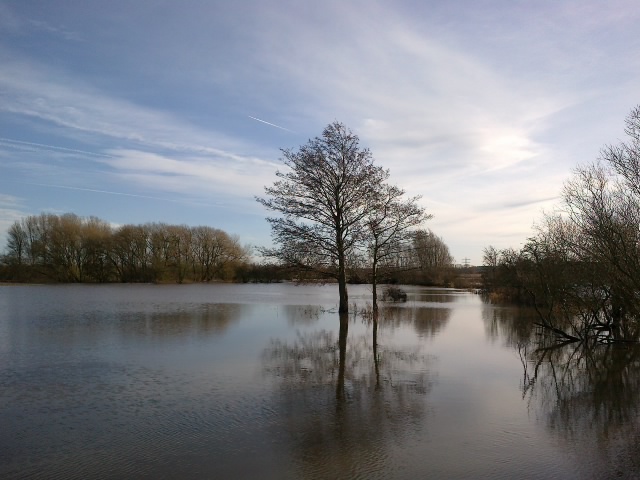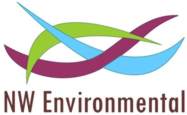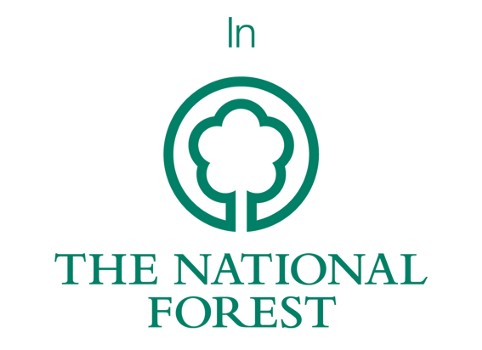N![]() W Environmental has developed an effective approach to the development of partnership projects, based aound interactive workshops.
W Environmental has developed an effective approach to the development of partnership projects, based aound interactive workshops.
The format of these events allows all partners to make meaningful input into the vision, aims and objectives of a project. They then participate fully in exploring the challenges and opportunities presented by the emerging project. Outputs kick-started by this approach can range form a brief discussion document to a full-blown business plan, but always with the advantage that all stakeholders can see where and how their ideas and concerns have been taken into account.
We can also run 'Prove It' workshops with project stakeholders, an ideal way of getting feedback on the effectiveness of partnership and complex projects within the wider Prove It evaluation toolkit. The methodology was developed by the heritage Lottery Fund with the new Economics Foundation, but can be used effectively for any partnership project.
'![]() Blue Infrastructure' comprises all the water-related habitats across the landscape Open water is the most obvious 'blue' element of most landscapes from rivers, lakes and streams to artificial water bodies like reservoirs and canals. Many other areas play important roles in the hydrology of the landscape, the natural flood plain of rivers being a prime example. The picture below of the Trent in flood shows how the flooding of low-lying land can hold vast quantities of water - if this area had not been able to flood, then the water would probably have inundated Burton upon Trent. Flood plain can also play a vital role within urban areas; Birmingham is an excellent example of a city where many of the most important open spaces for both recreation and biodiversity are to be found along the undeveloped flood plains.
Blue Infrastructure' comprises all the water-related habitats across the landscape Open water is the most obvious 'blue' element of most landscapes from rivers, lakes and streams to artificial water bodies like reservoirs and canals. Many other areas play important roles in the hydrology of the landscape, the natural flood plain of rivers being a prime example. The picture below of the Trent in flood shows how the flooding of low-lying land can hold vast quantities of water - if this area had not been able to flood, then the water would probably have inundated Burton upon Trent. Flood plain can also play a vital role within urban areas; Birmingham is an excellent example of a city where many of the most important open spaces for both recreation and biodiversity are to be found along the undeveloped flood plains.
Less visible is the water table. Out of sight may be out of mind, yet in places like the Black Country where there is an historic legacy of contaminated brownfield sites in places the water table is heavily polluted, especially by heavy metals like lead and copper, which causes real problems when the water eventually reaches water courses. Both point sources of pollution and diffuse pollution (like sump oil poured down drains or mis-connected washing machines) cause even more insults to many waterways. Finally there are all the elements associated with drainage and flood defence, from weirs and culverts to sustainable urban drainage schemes (SUDS) and rain gardens.
There are three main aspects of the quality of water bodies: chemical water quality, ecological quality and water quantity (i.e. the control of flooding and keeping water in the right place! Well designed blue infrastructure projects can address and improve all these areas.
Catchment Management Plans and their associated partnerships have become an important approach in the management of blue infrastructure. In the past the National Rivers Authority (now the Environment Agency) and Internal Drainage Bodies have taken the main roles in determining objectives and approaches to water management, with local authorities having responsibility for smaller watercourses in urban areas. Catchment Management Planning has led to the establishment of much wider partnerships, allowing all stakeholders in the water environment to have greater influence over these objectives and facilitating many new and exciting initiatives.
NW Environmental staff had practical experience in the development of catchment management planning through the delivery of one of the pilot catchment management plans. We will be pleased to advise and support you in the development and delivery of ambitious and innovative blue infrastructure projects.

Page 2 of 2



